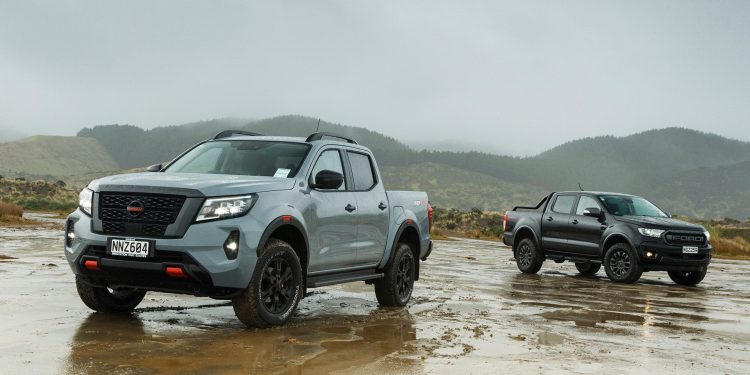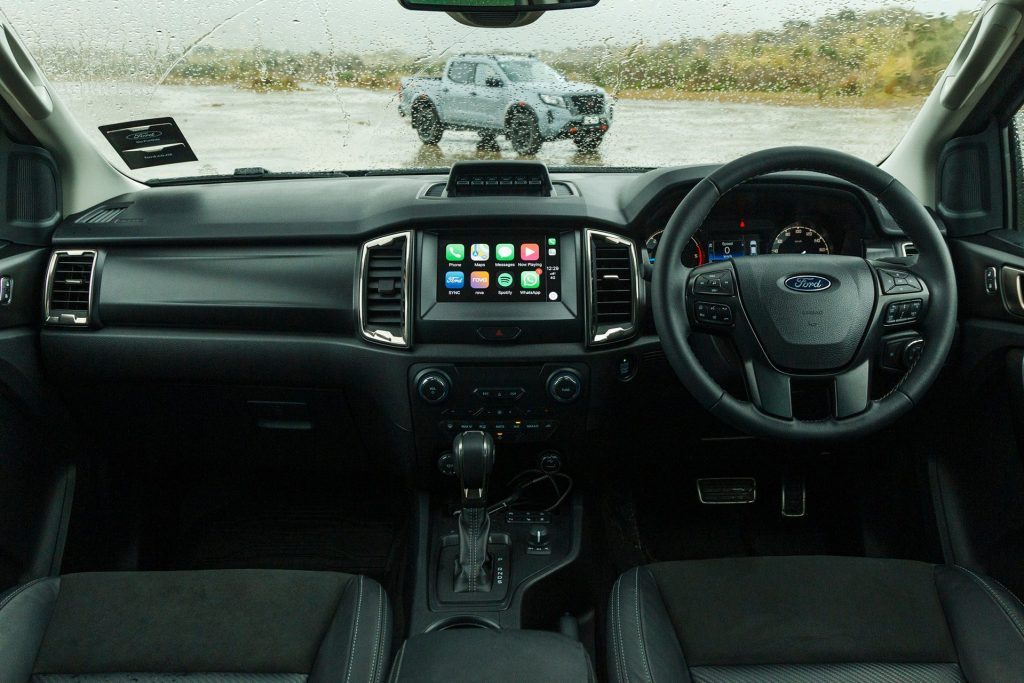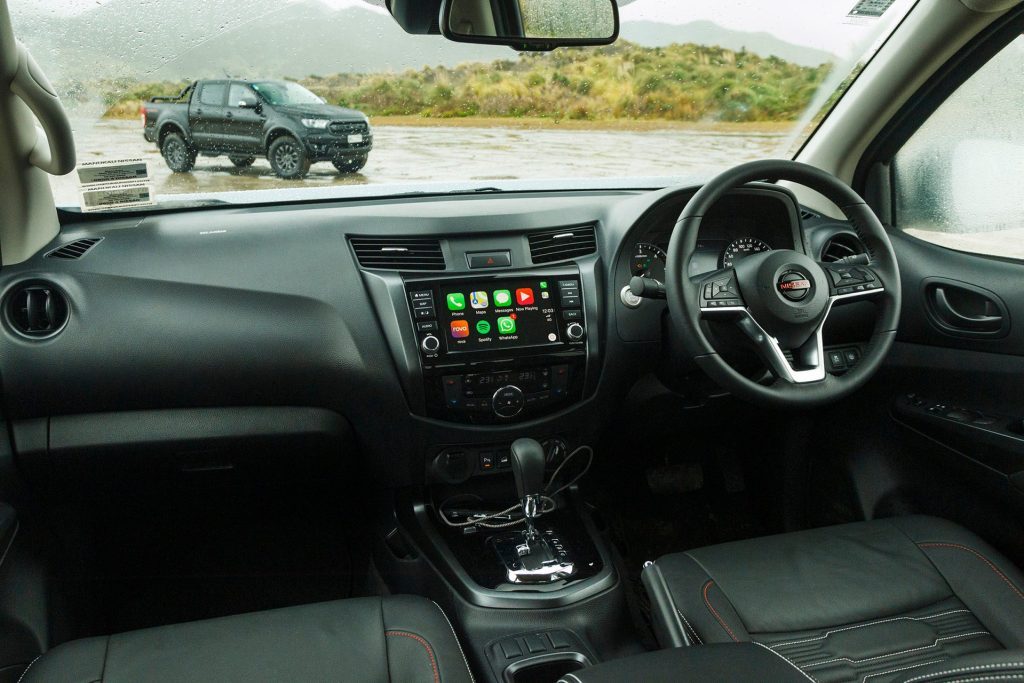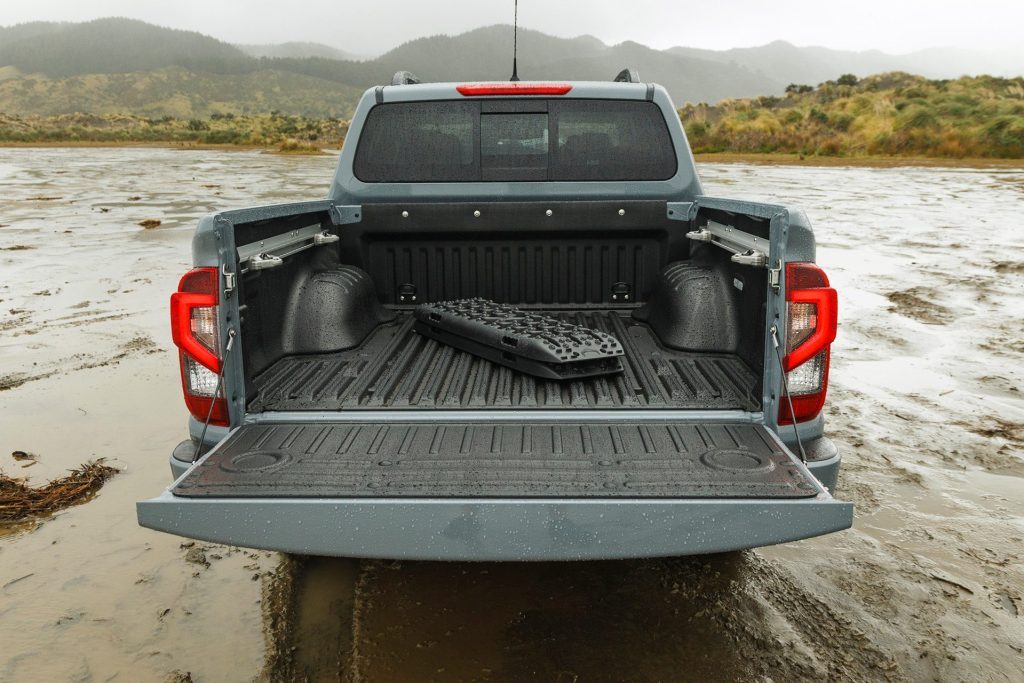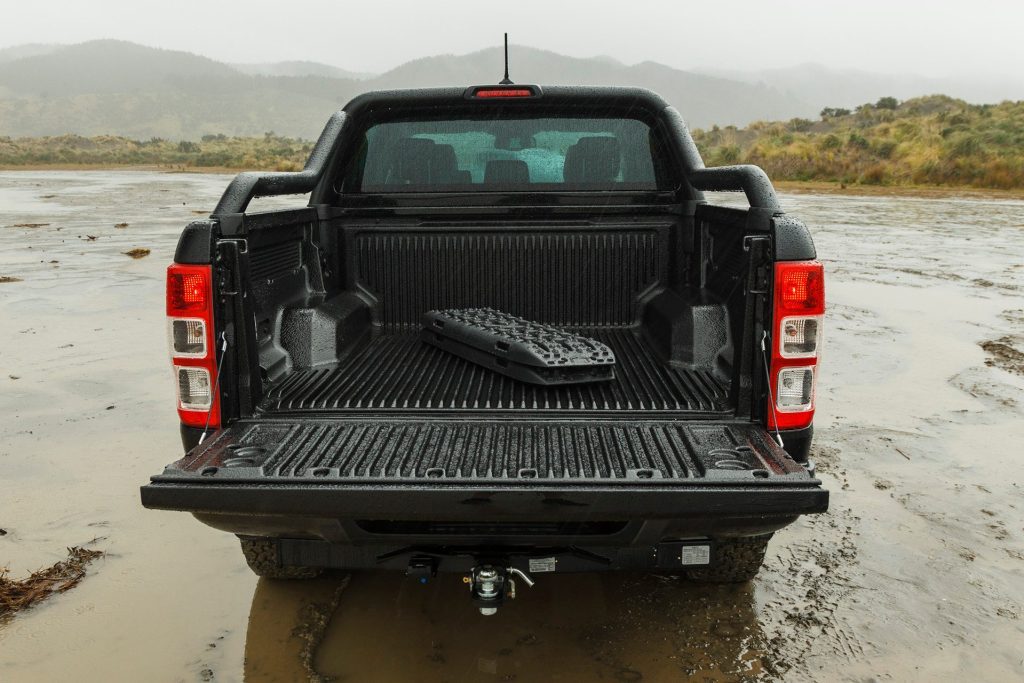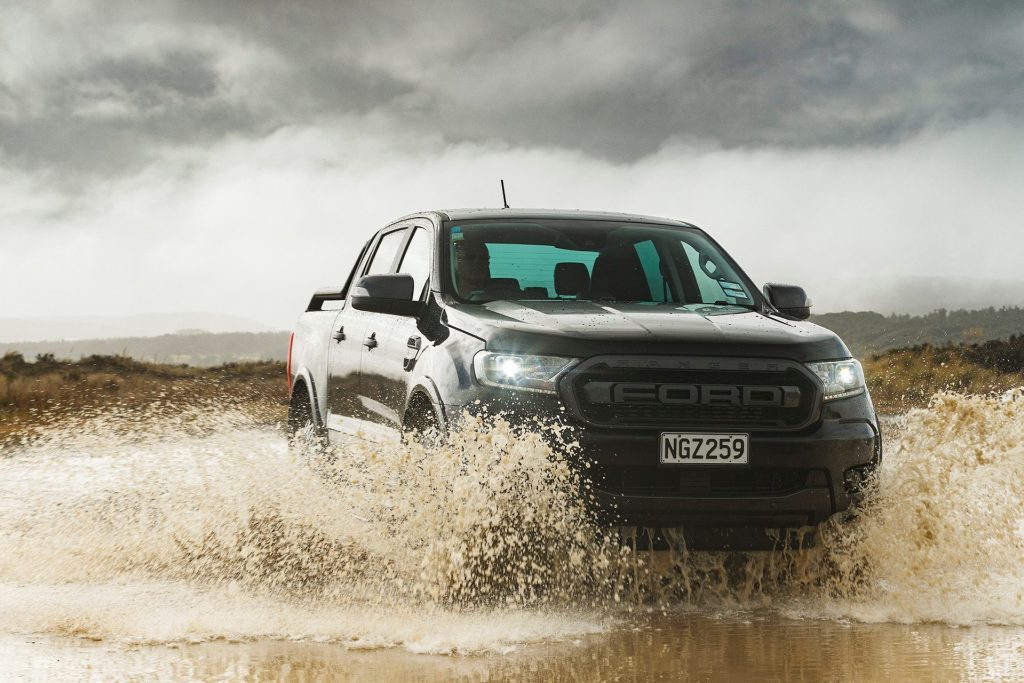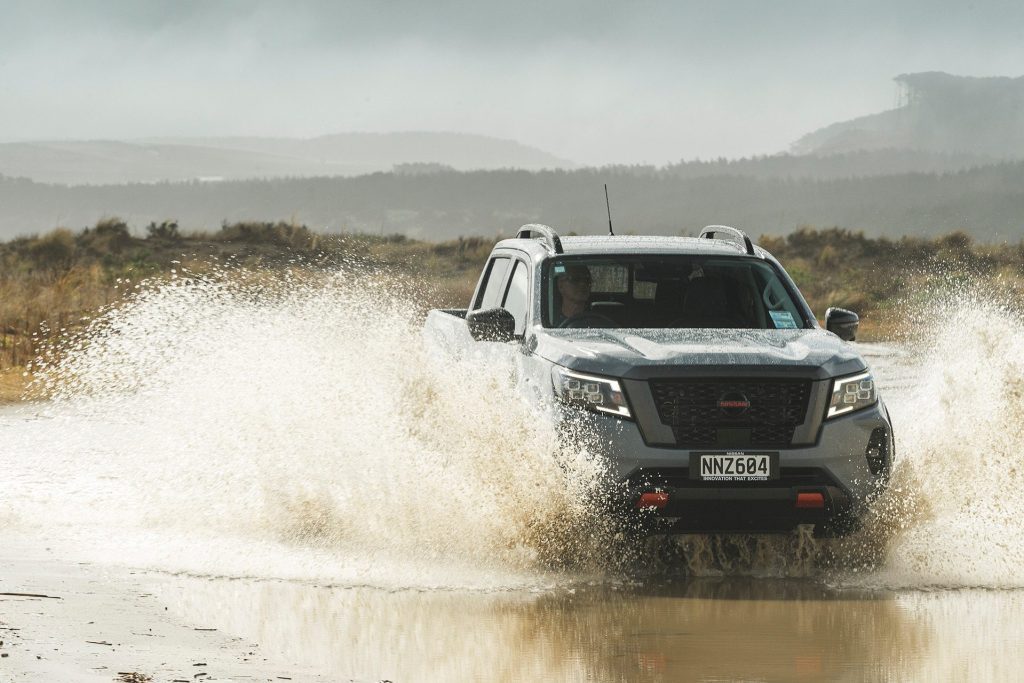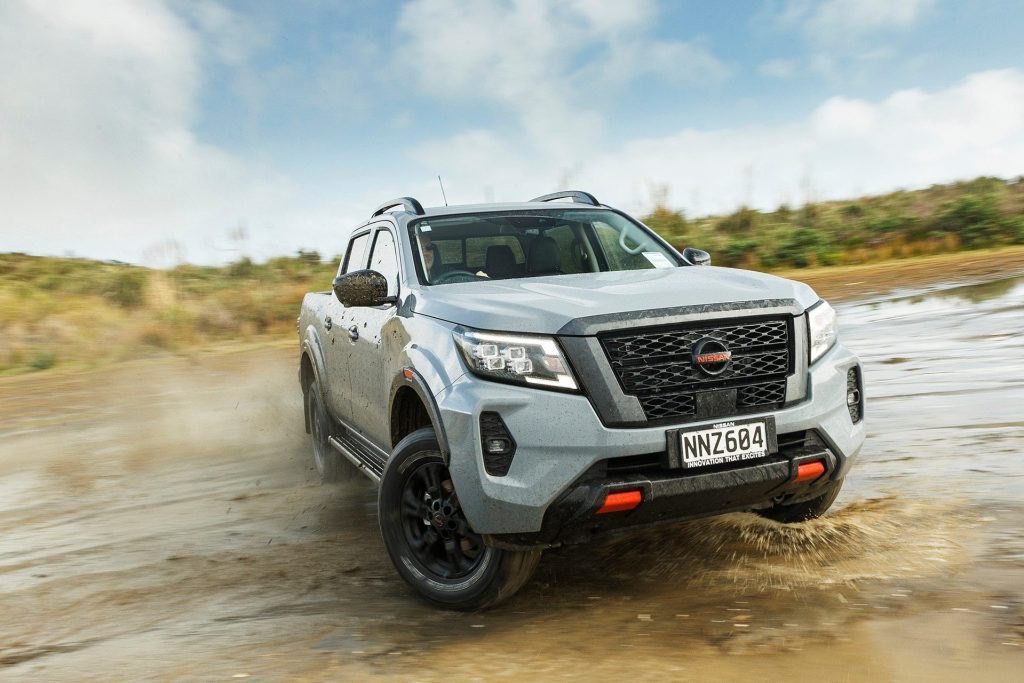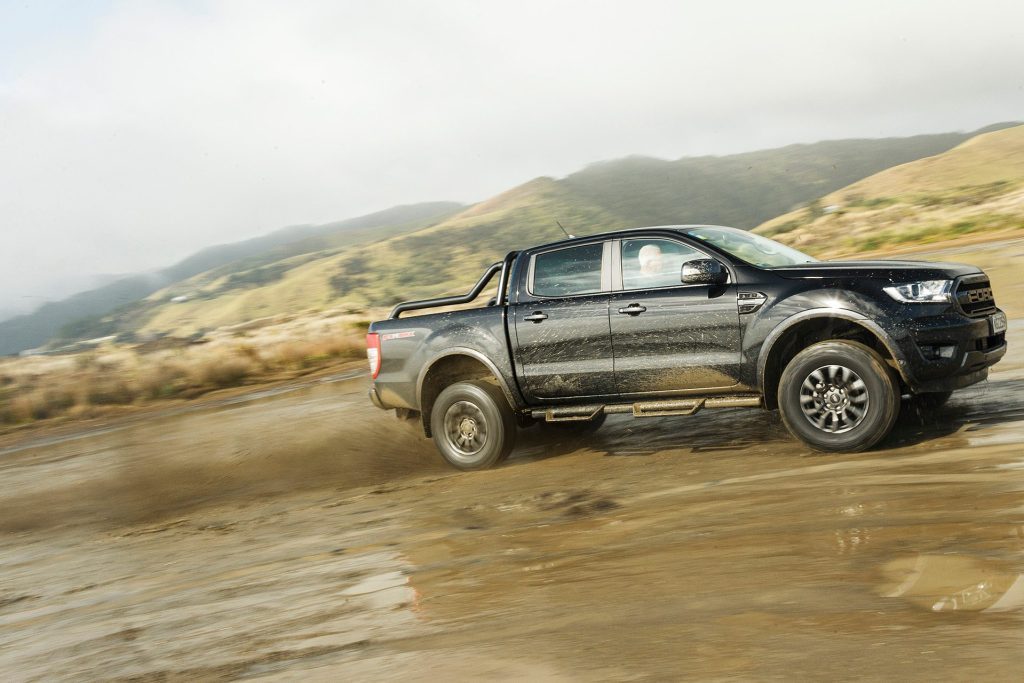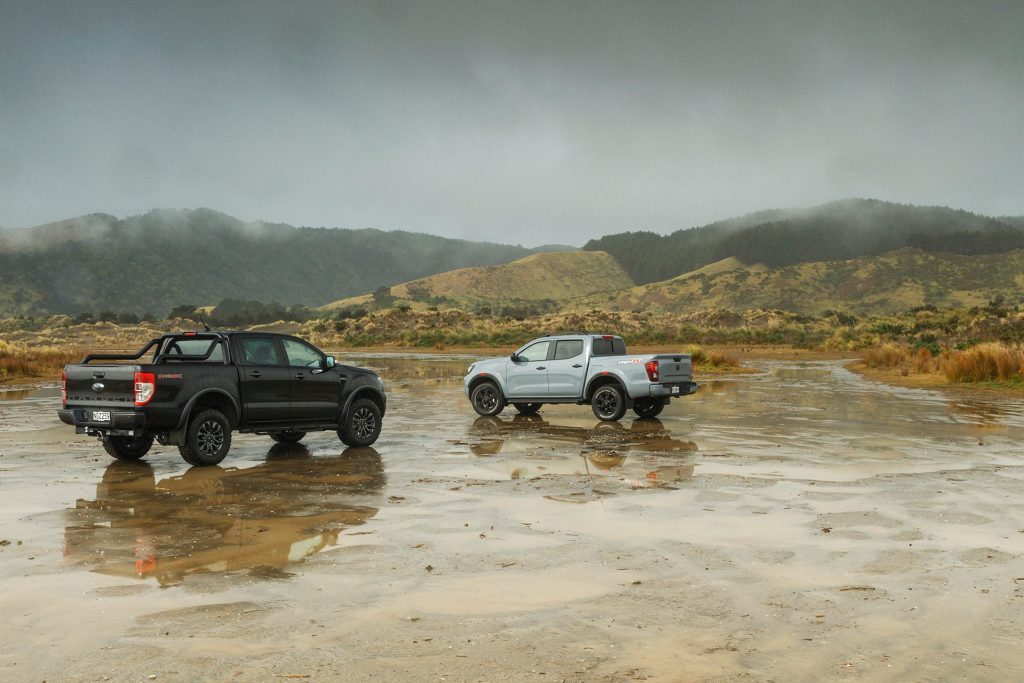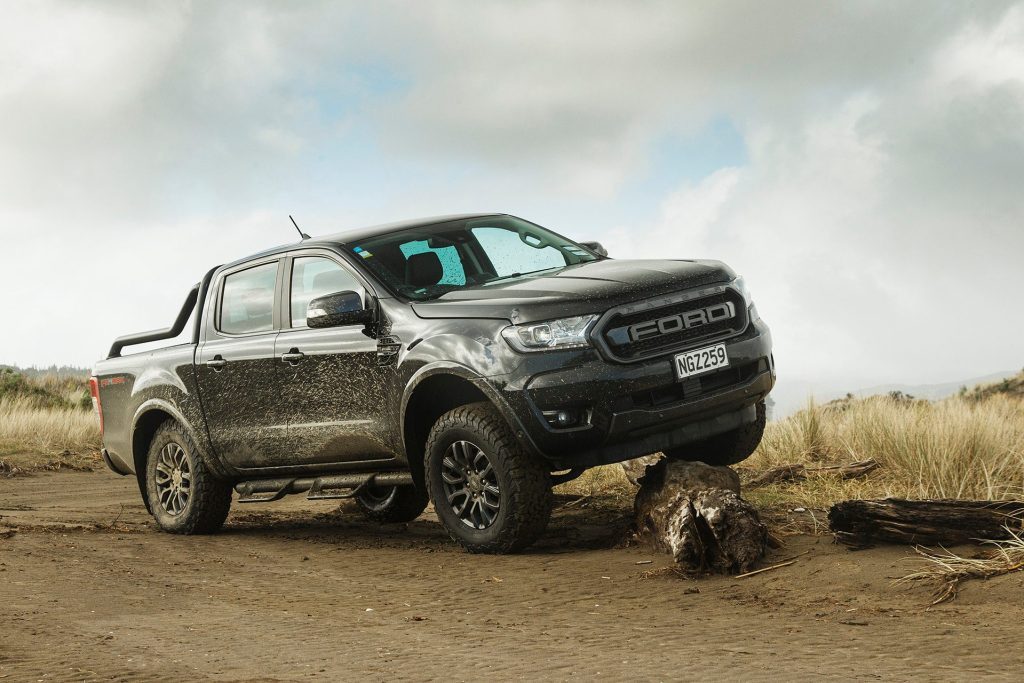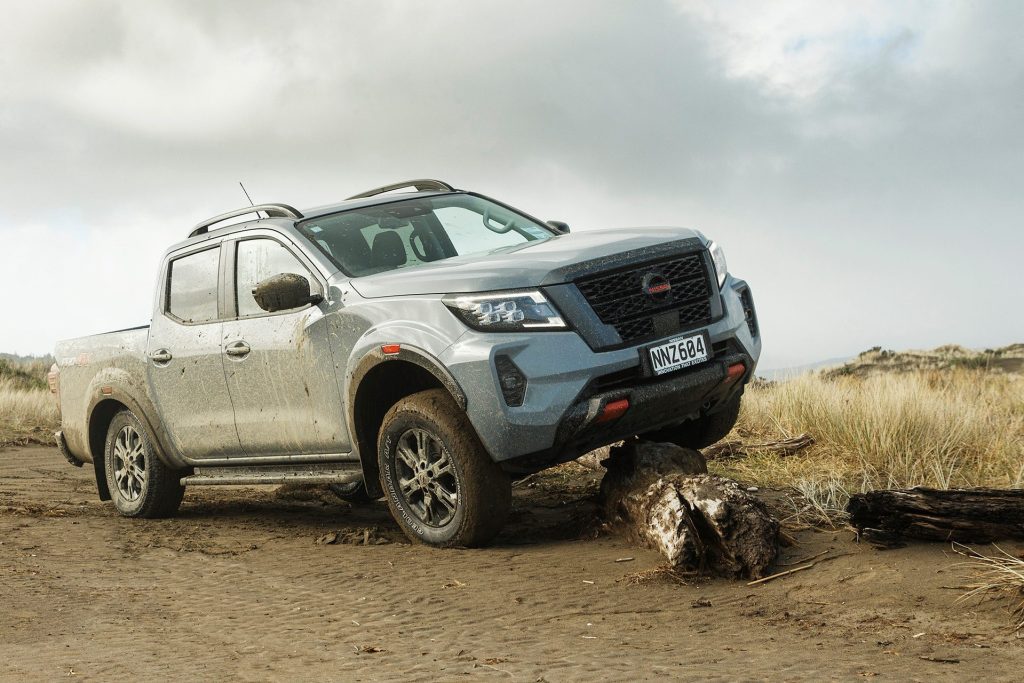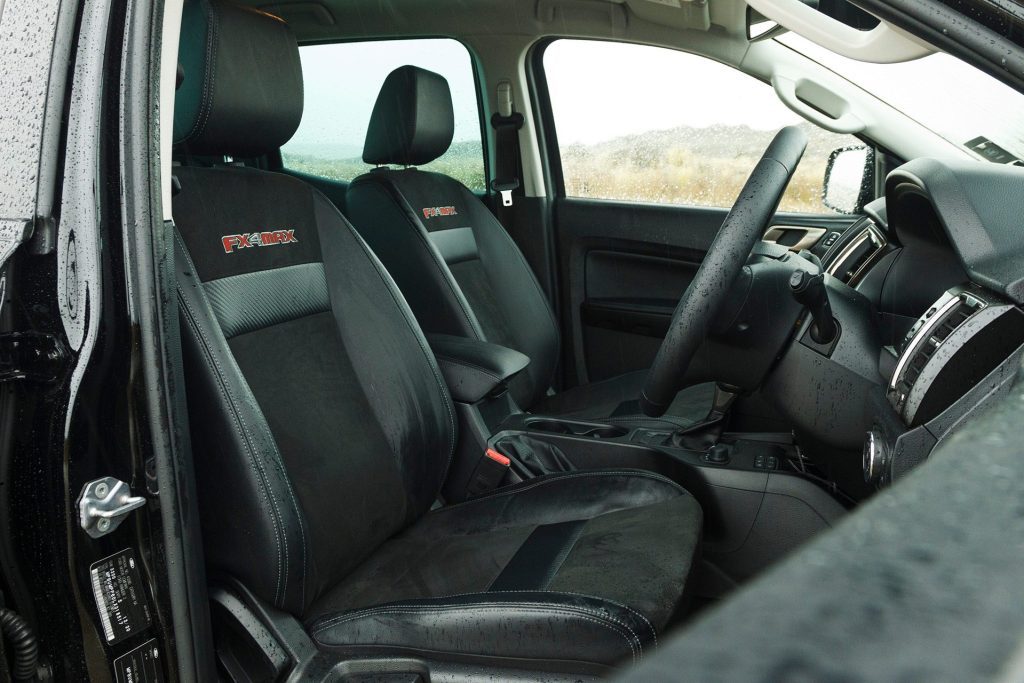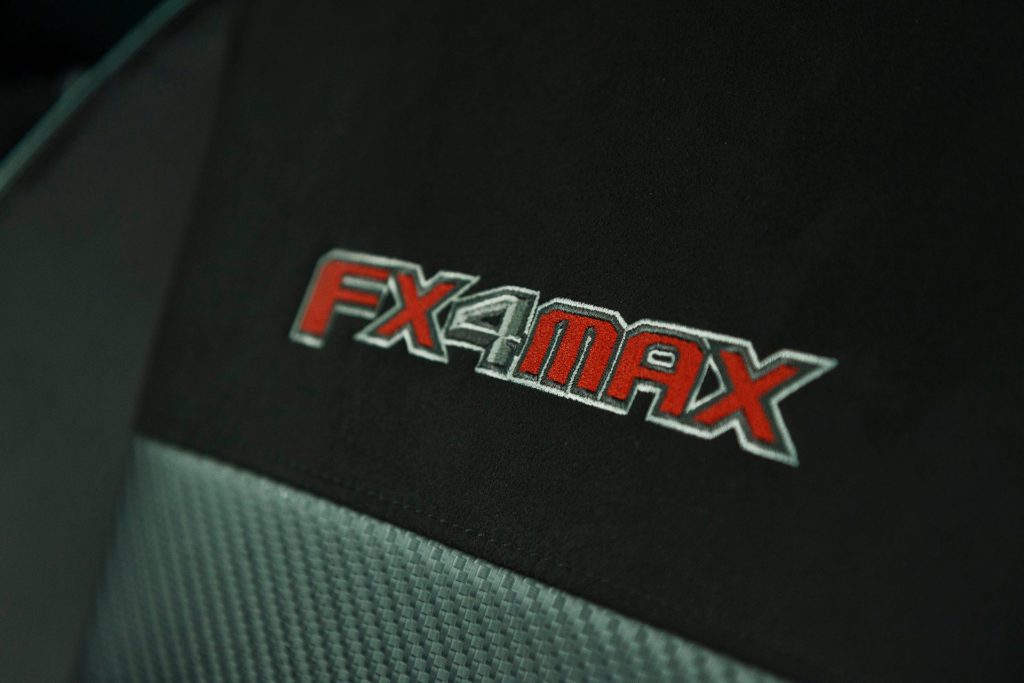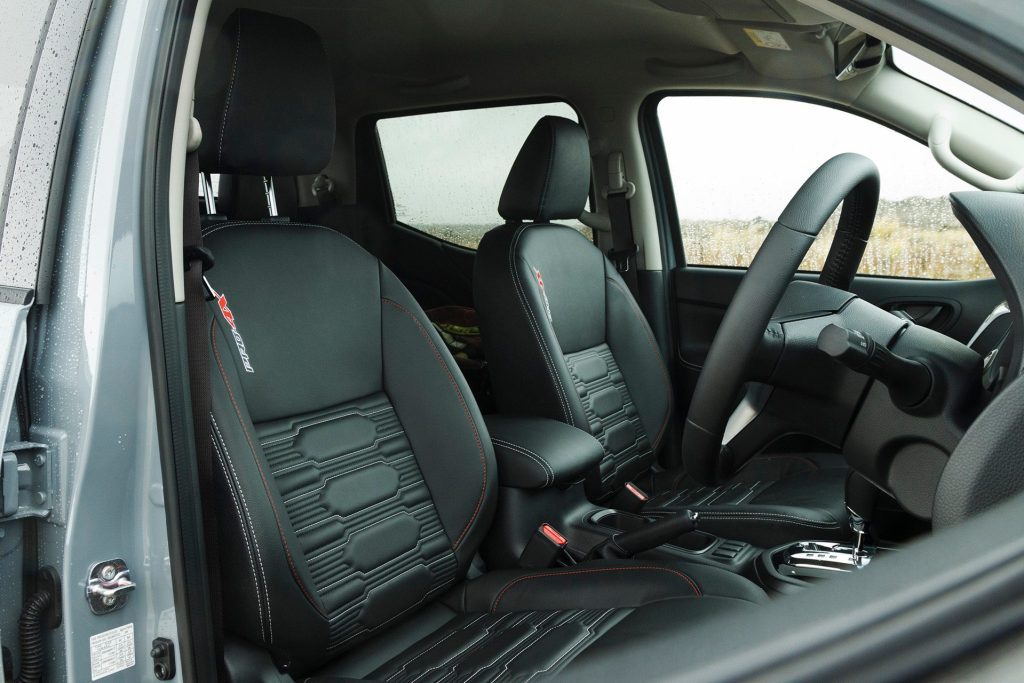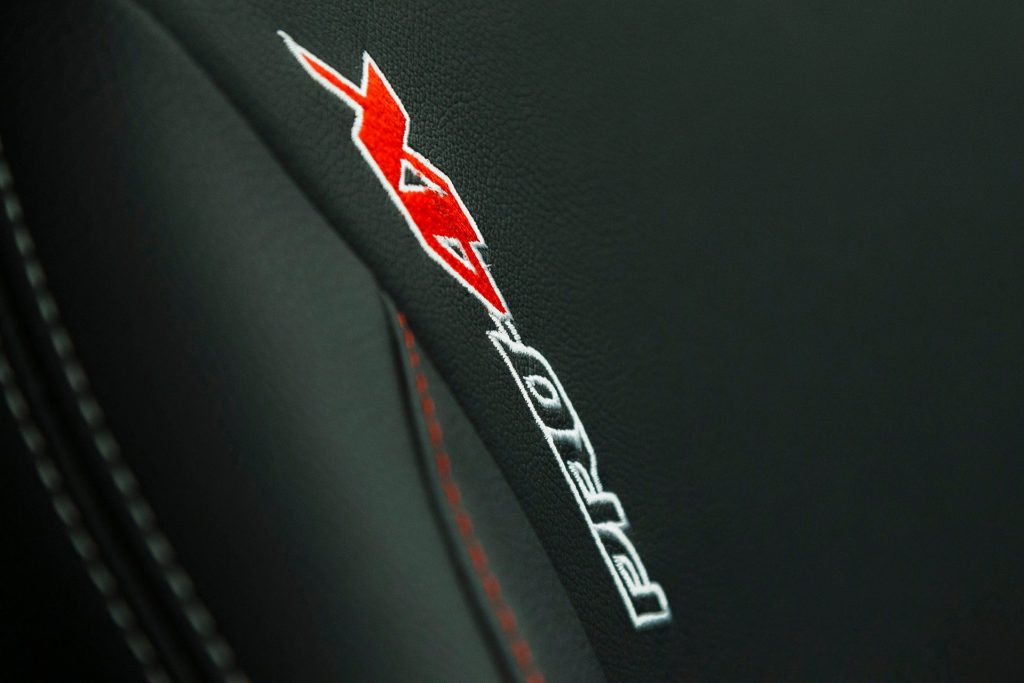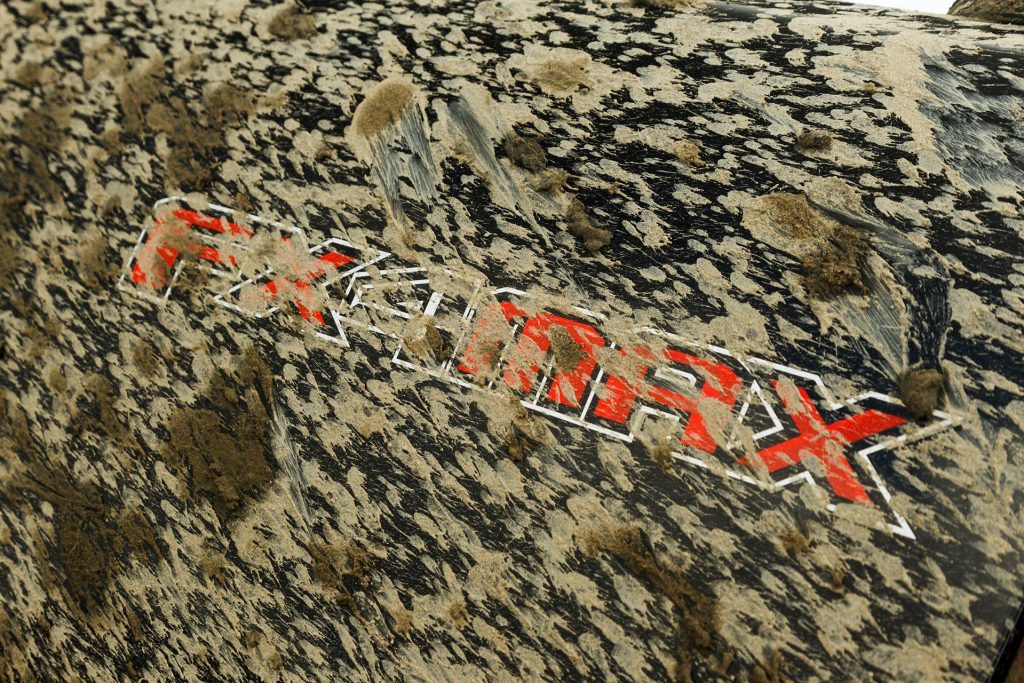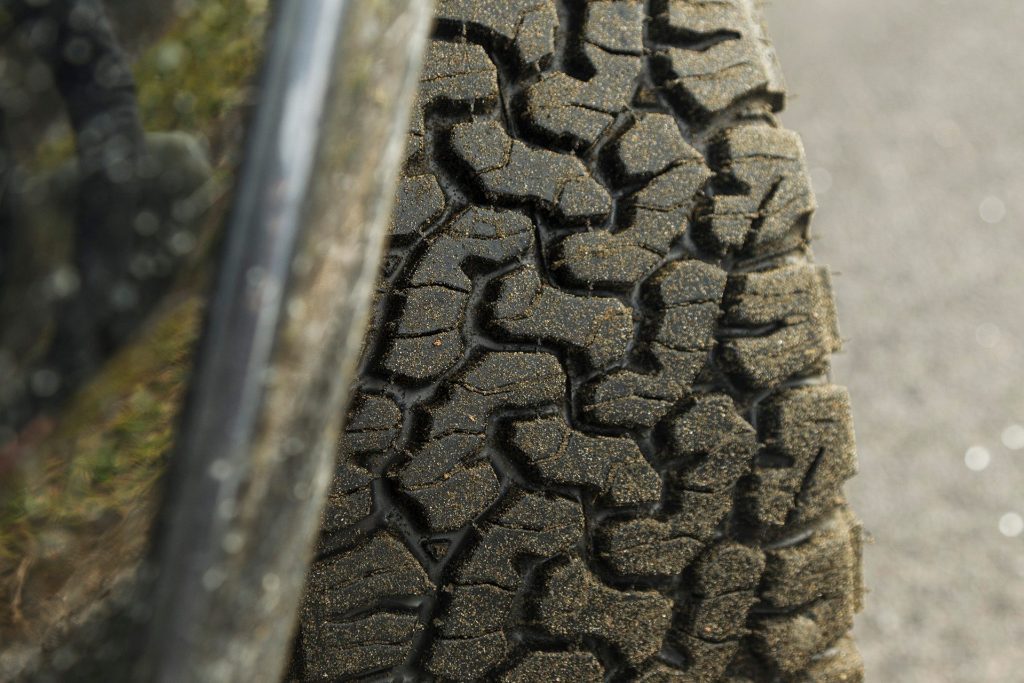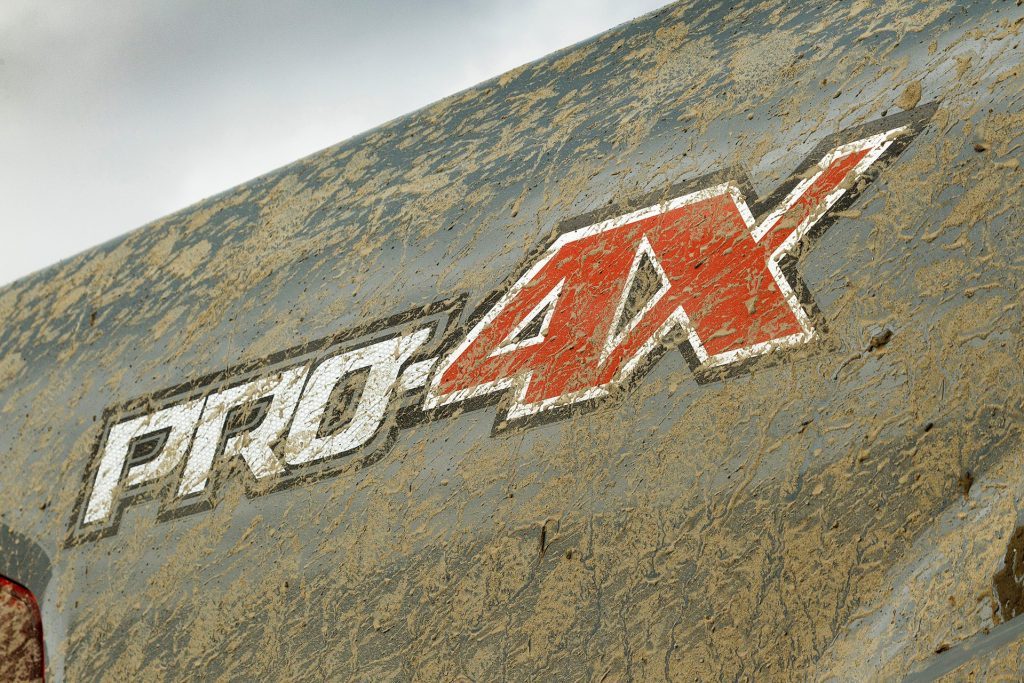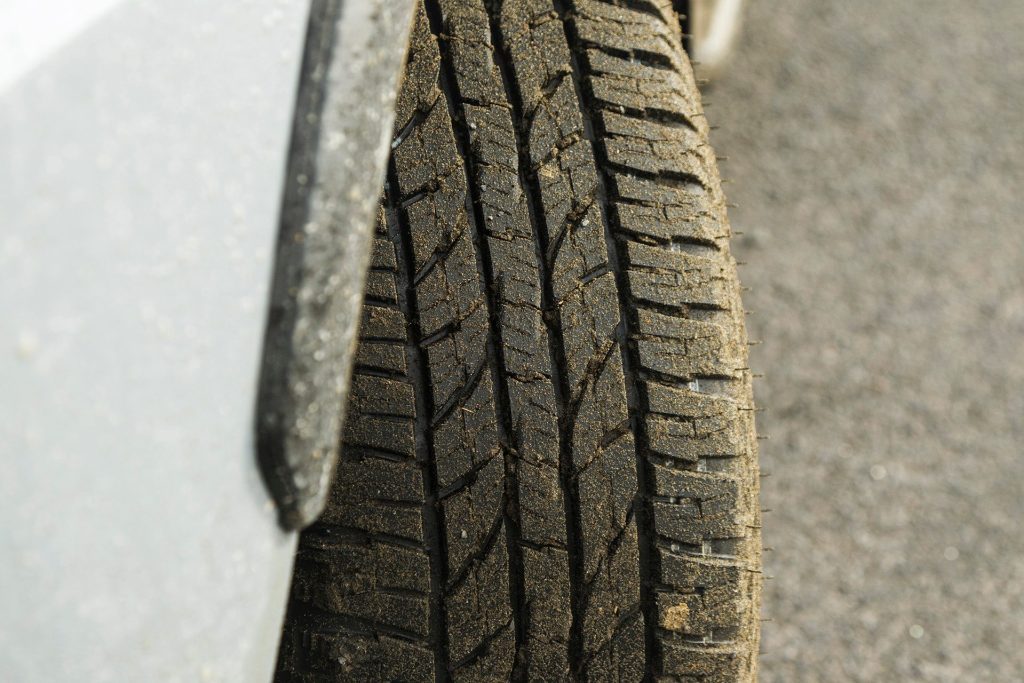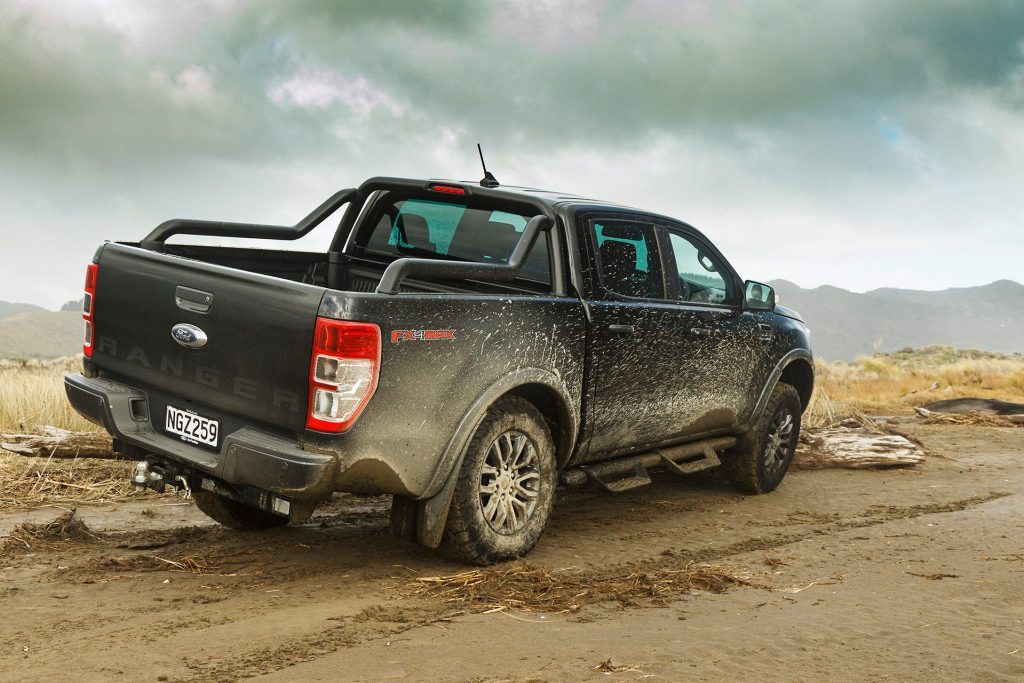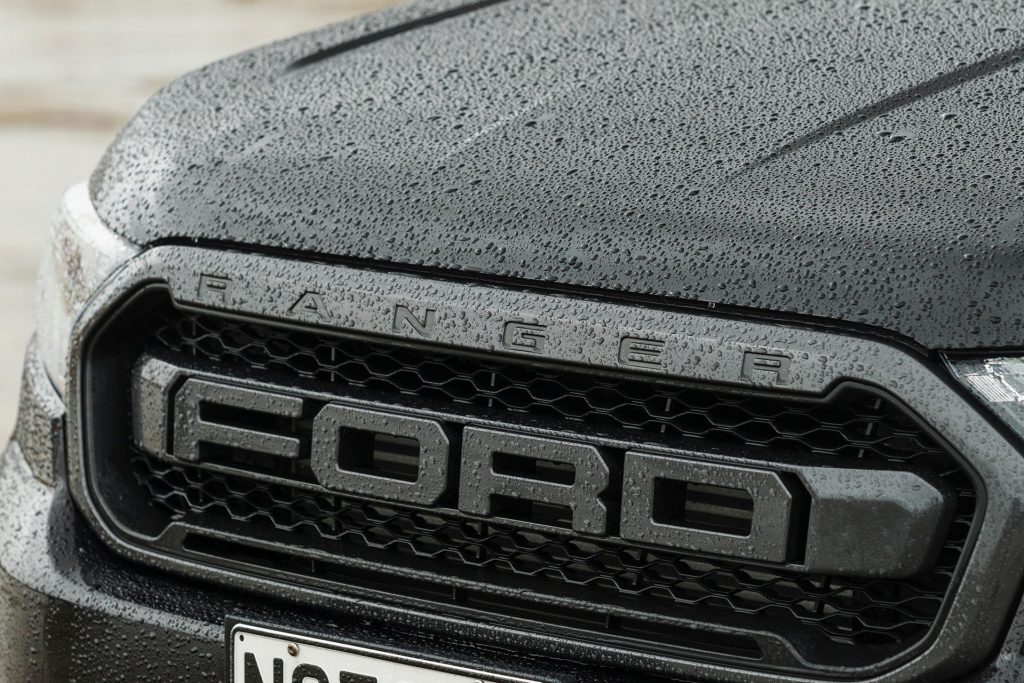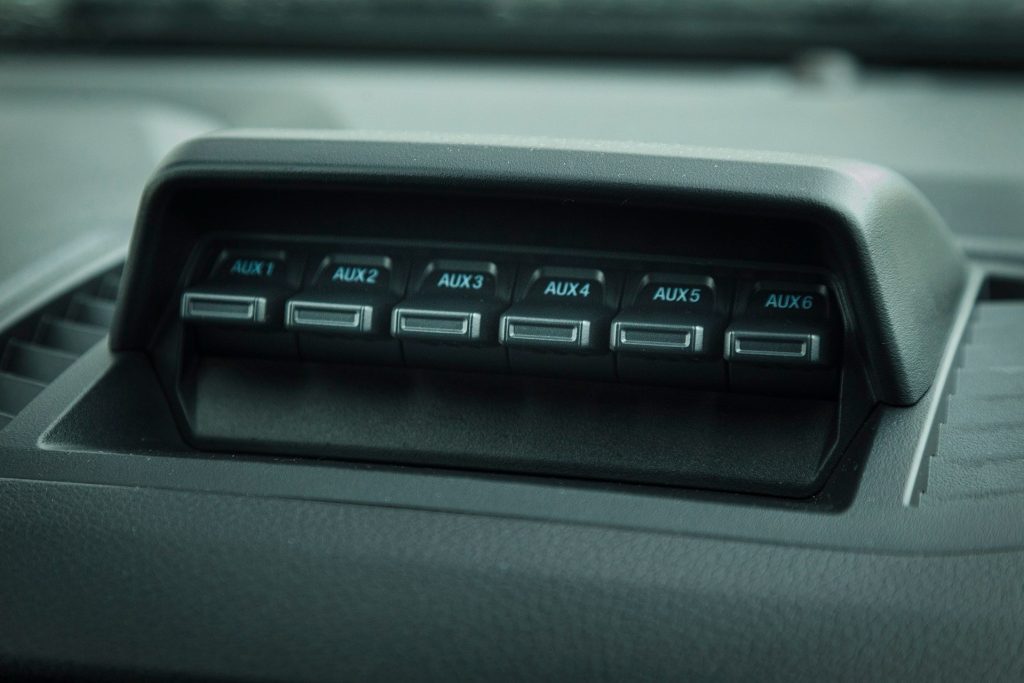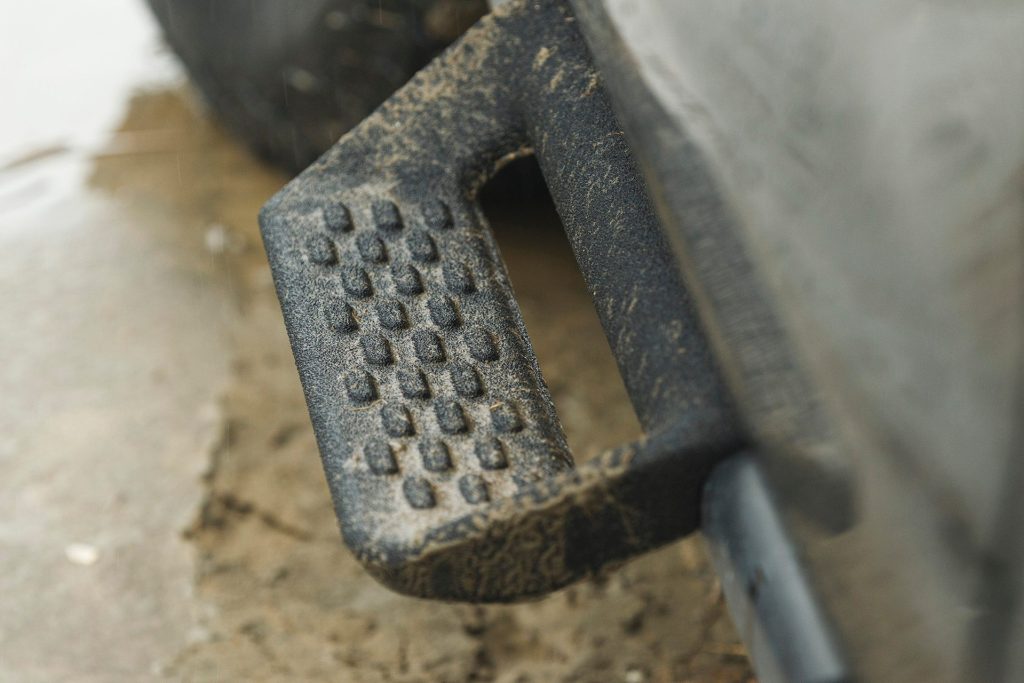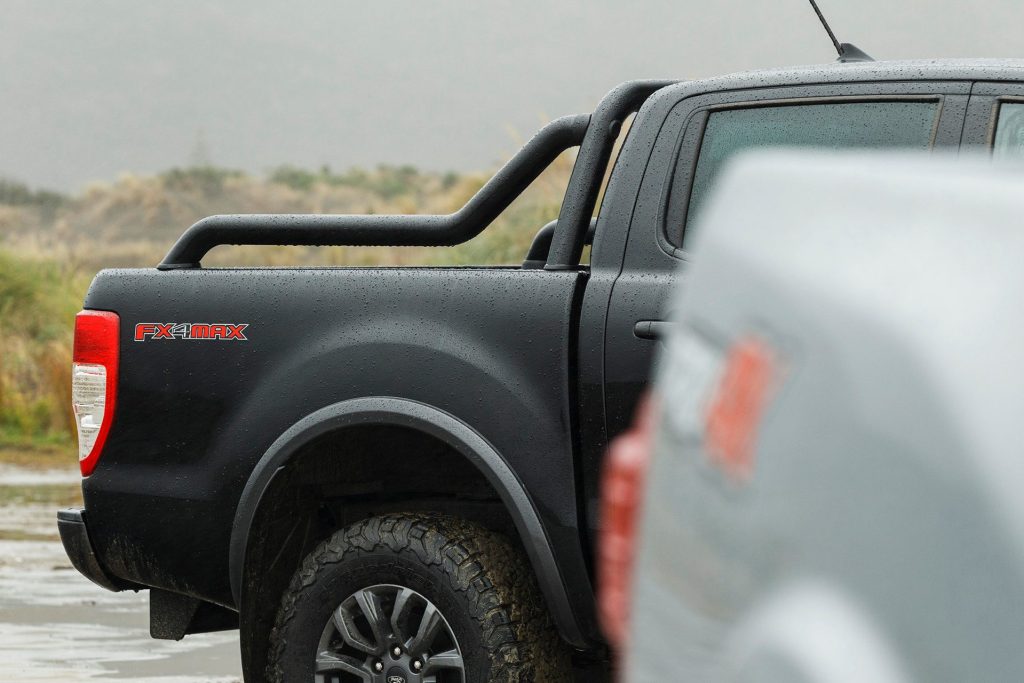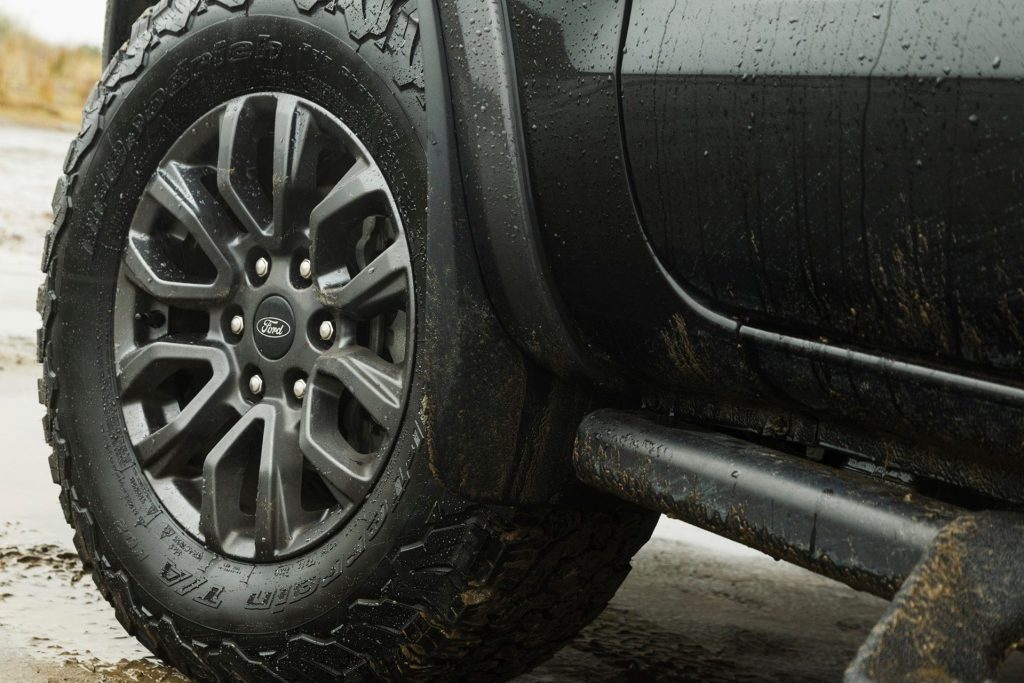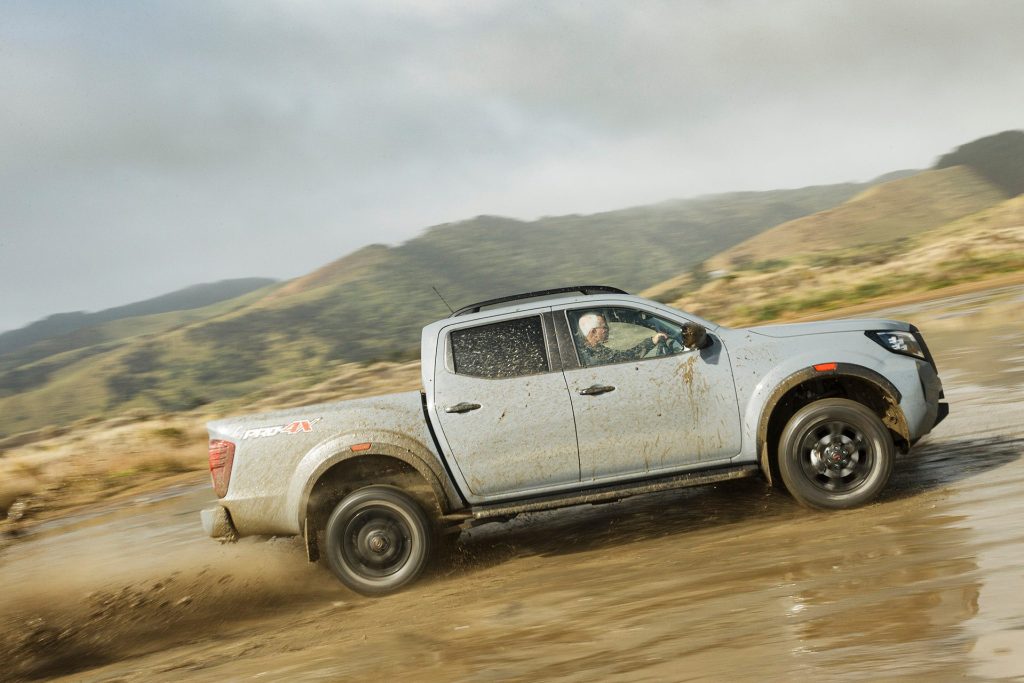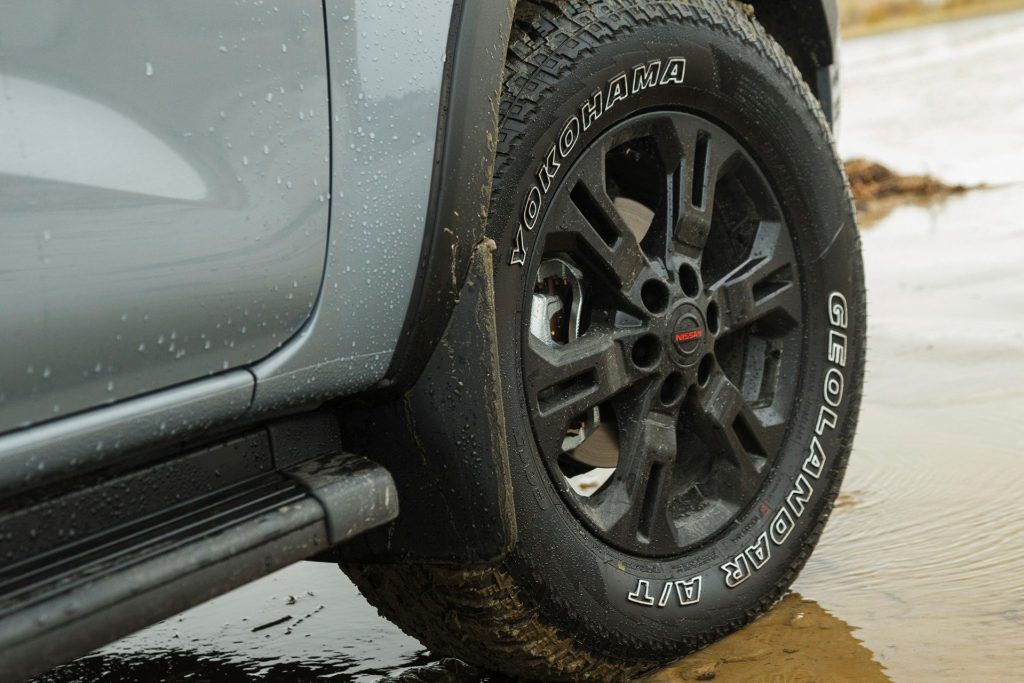2021 Ford Ranger FX-4 MAX vs Nissan Navara PRO-4X comparison
Words: Peter Louisson | Photos: Tom Gasnier
Two new models have been added to Ranger and Navara line-ups, both looking more up for it in an off-road sense than ever.
The clean car rebate scheme has, at least initially, skewed new car sales not in the direction of electrified vehicles, but literally the opposite. Sure, EVs are selling like never before but total monthly sales of new electric vehicles don’t come remotely close to how many double-cab utes are sold in the same period. And the leading lights, Ranger and Hilux, outsell the electrics comfortably. That four of the top five sellers are utes, it’s clear we’re making little progress on the emissions front here. Perhaps after 1 Jan 2022, the worm will turn.
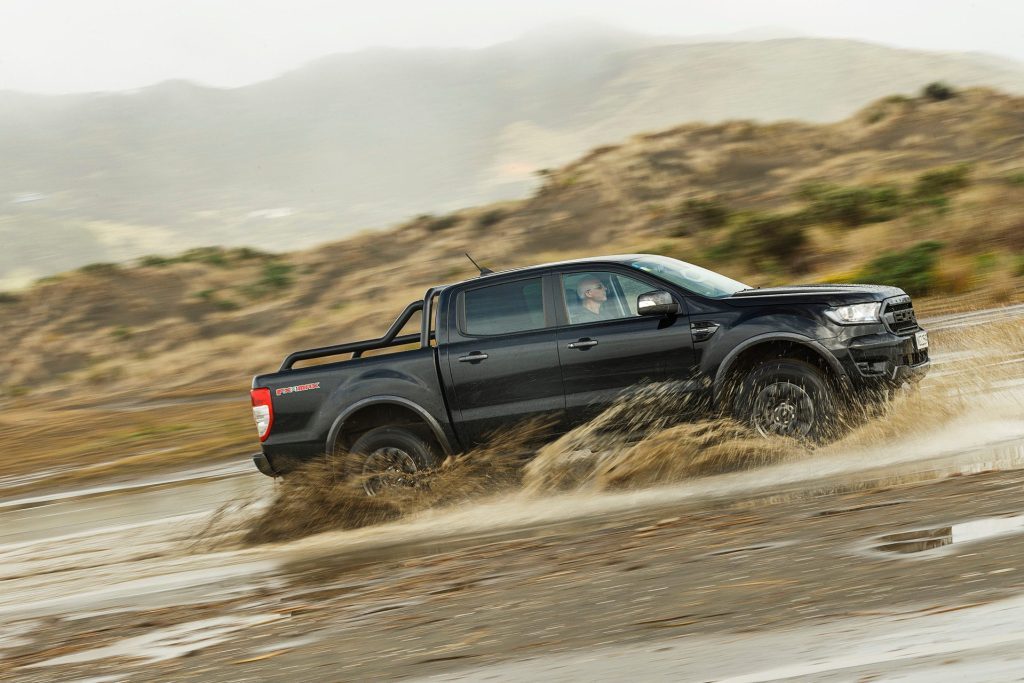
The implementation of the ‘ute tax’, as National likes to call it, comes into effect then and has had farmers and tradies in a lather. The added uptick in sales reflects how keen they are to swap into a new ute now rather than have to pay extra after New Year’s Day. It may not just be that tax either, as evidently these ‘passenger vehicles’ are also subject to FBT, something the IRD is apparently keen to enforce.
So record ute sales continue, as they’ve been doing for the better part of a decade. And they keep coming out with new variants to keep the masses frothing. Two newcomers include the Ranger FX4 Max and the Navara Pro-4X, the pair sharing oddly similar suffixes. Both suggest they have special 4×4 attributes and indeed that’s what each of these brings to the market. Think of the FX4 Max as being a Raptor-light but with proper towing capability. Pro-4X is essentially a dress-up, now heading the Navara double-cab range.
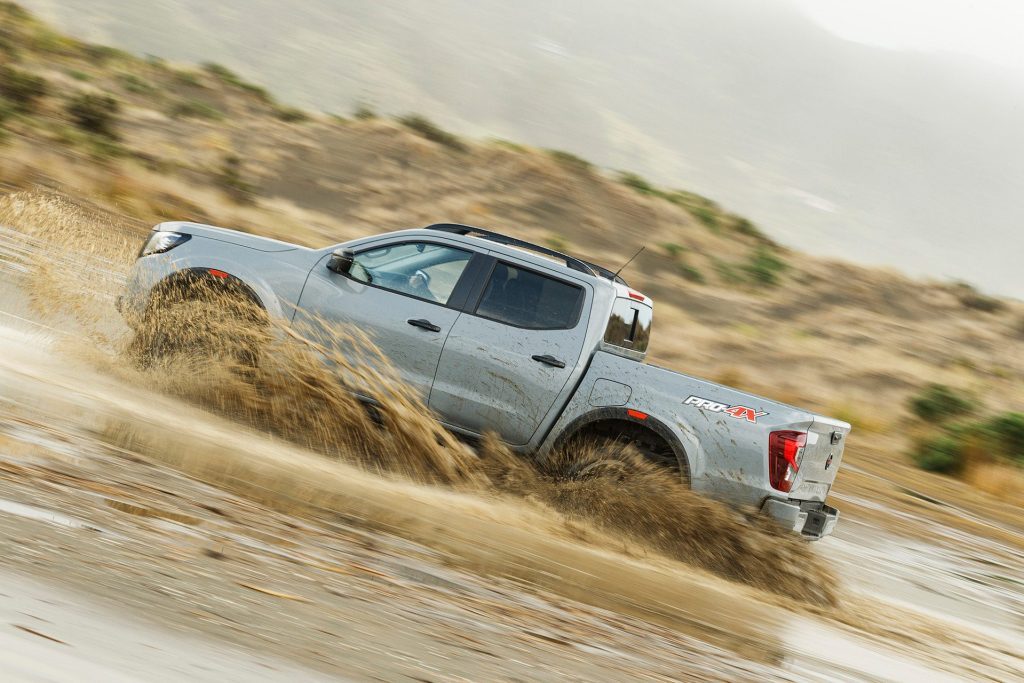
So how are they different?
Beginning with the Navara first, as the mechanicals are shared with ST-X. So no power up or anything, which is also true of the Ford. This is a facelift model, and as you might expect given utes and macho styling go hand in hand, so the front end redesign is more all-American than ever. There’s an “interlocking” front grille (bigger, meaner but still with the vaguely V design), C shaped DRLs and quad LEDs for a higher tech look, accompanied by matching LED fog lamps, a reshaped bonnet with a power bulge, a snazzy front bumper, and Navara stamping on the tailgate which has a helper spring to assist lifting, as does Ranger. The tray is now deeper and the rear bumper incorporates a handy step.
The Pro-4X is a new range-topping model that features an off-road package comprising all-terrain Geolander A/T tyres, fender flares, roof rails and blackened wheels and exterior trim. It also comes with attractive ‘stealth grey’ premium paint and leather accented trim with red stitching. All grades get an eight-inch touch screen that is compatible with both smartphone types. Figure also on a new steering wheel, rear air con and upgraded seats for those in the back, along with USB charge points, a new off-road monitor that helps show obstacles when driving in 4LO, and an upgrade to safety.
On that, all grades now feature AEB, forward collision warning and driver fatigue alert, while ST and above come with BSM, RCTA, high beam assist, lane keeping and departure warning, and TPM is fitted to the top two grades. Nissan engineers have also worked on NVH, with clearly detectable results. Looking back over the years, Navara has recorded in cabin SPLs in the 70-72dB range. With the extra sound deadening we got no recordings in the 70s, and most in the 65-67dB area. The NVH updates make this a hushed puppy. Only the Ford with its acoustic windscreen was no noisier.
The auto version of Pro-4X is priced at $70,490, while a manual variant costs $67,990 before ORCs. As to the Ford, this FX4 Max has an RRP of $69,990, a saving of over $15k compared with Raptor. Like the aerobatic ace, this too has Fox shocks, offering extra travel and ride height, with ground clearance of 255mm (Navara 220mm). All-Terrain tyres (265/70R17s) have stronger and less rounded sidewalls and in concert with new 17-inch alloys increase track width by 26mm for added stability. Non-slip off-road side steps identify the FX4 Max, and the FORD emblazoned grille, while leather and suede covered seats with FX4 Max embroidered in place add an interior lift. An auxiliary switch pack in the centre of the upper dash for aftermarket accessories is made possible by fitment of an upgraded 250A alternator.
How do they go then?
Broadly speaking they’re similar in their designs and outputs. Both run with twin-turbo diesels, the 2.3L unit of the Nissan developing 140kW to the 157 tally of the 2.0L Ford, both arriving at 3750rpm. The 500Nm from the blue oval is available from 1750-2000rpm so the lesser 450Nm tally of the Navara which is on offer from 1500-2500rpm you’d consider almost as useful. However, the Ford gets its output to the rears or all four wheels via a 10-speed gearbox, arguably overkill compared with the seven-speeder of the Nissan which you’d think was sufficient. But the 10-cogger is well sorted, the gaps between gears so small it’s almost CVT-like in operation. And despite it being slightly heavier, it is a bit quicker on the run and away from the lights, about a second in it. Think 10s and 8s for the Navara, 9s and 7s for the Ford, using the usual performance criteria. Can you tell by the seat of the pants? Barely.
As to how they flow down the road and off it, this largely comes down to the tyres fitted. Navara feels more settled in the wet because of its more rounded transition from sidewall to tread, not that there’s much in it. But the Ford has sharper, more accurate steering. Off road we never really got to put them through a solid test, other than doing some circle work in 2wd mode with ESP fully off. Here the Navara was the undoubted king of the hoons, the torque easily breaking the rears free and you can hold it nicely crossed up until you get dizzy. The Ford not so much, not even close. You could hold a set square up to the Ford’s rubber and not see any daylight between treads and sidewalls, so whenever the rears break free they just as quickly grip again, ruining the fun. However, on the articulation test, the Ford with its uprated and longer travel suspension seemed more at ease with one front wheel straddling our test log than the Navara. Allied with added ground clearance, it will likely venture further and climb higher when the going really gets tough. Not that it will jump with the verve of the Raptor which has longer travel still.
Moreover, the Ford gets the edge for ride comfort. Seats in the Navara may be new but they’re not a patch on the plush loungers in the Ford. Not only do they feel firmer in the Navara but there’s also not quite the foam support in the squab, nor the lumbar support, adjustable in the Ford only. Despite that the Navara rides over unsettled or rougher sections of tarmac with good grace, courtesy of its multilink rear. The only problem is that the Ford does the job even better, thanks to its sorted Fox shocks. Again, not much in it, nor are payload and towing capacity much different; both are rated to haul 3500kg braked loads and payload maxima are 988kg for the Ford, 1004 for the Navara. And it’s much the same for the pick-up box dimensions, only with the situation reversed. The Ranger’s is slightly rangier, sorry, and with a little more height, but otherwise they’re almost identical. That’s in part because the Ranger is a couple of hundred mm longer.
Do the spec and interior make the difference?
They might well be the final key in this comparison. Double-cab utes, especially those at the pointy end of the line-up, have come a long way in recent years, some getting almost as much kit as like-priced SUVs. While neither has a four-way adjustable steering column, the Ford comes equipped with better safety features, the main difference being standard active cruise control (which cancels out at 20km/h so no stop and go) whereas Navara defers to manual cruise. Other items in the Ford but not the Nissan include traffic sign recognition, idle stop and self parking. The Nissan counters with heated front seats and its unique powered sliding rear window.
I guess the other not huge but psychologically significant difference is the slightly lower entry price point for the Ford, beginning with a six, and considering the other advantages, perhaps we can understand why each month the company sells twice as many Rangers as Nissan does Navaras. The availability of the FX4 Max means that’s unlikely to change any time soon, especially for those who might have hankered for a Raptor but weren’t impressed by the price or the fact that it has a lesser payload and towing capacity. Shame about the Navara really, a decent proposition, but up against The Boss….
| Model | Ford Ranger FX4 MAX |
| Price | $69,990 |
| Engine | 1996cc, IL4, TDI |
| Power | 157kW/500Nm |
| Drivetrain | 10-speed auto, switchable 4WD |
| Fuel Use | 8.0L/100km |
| C02 Output | 210g/km |
| 0-100km/h | 9.18sec |
| Weight | 2175kg |
| Model | Nissan Navara PRO-4X |
| Price | $70,490 |
| Engine | 2298cc, IL4, TDI |
| Power | 140kW/450Nm |
| Drivetrain | 7-speed auto, switchable 4WD |
| Fuel Use | 8.1L/100km |
| C02 Output | 213g/km |
| 0-100km/h | 10.35sec |
| Weight | 2146kg |


